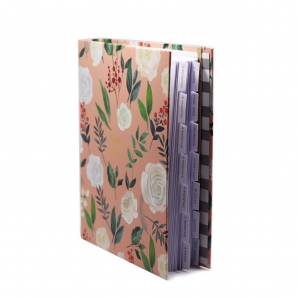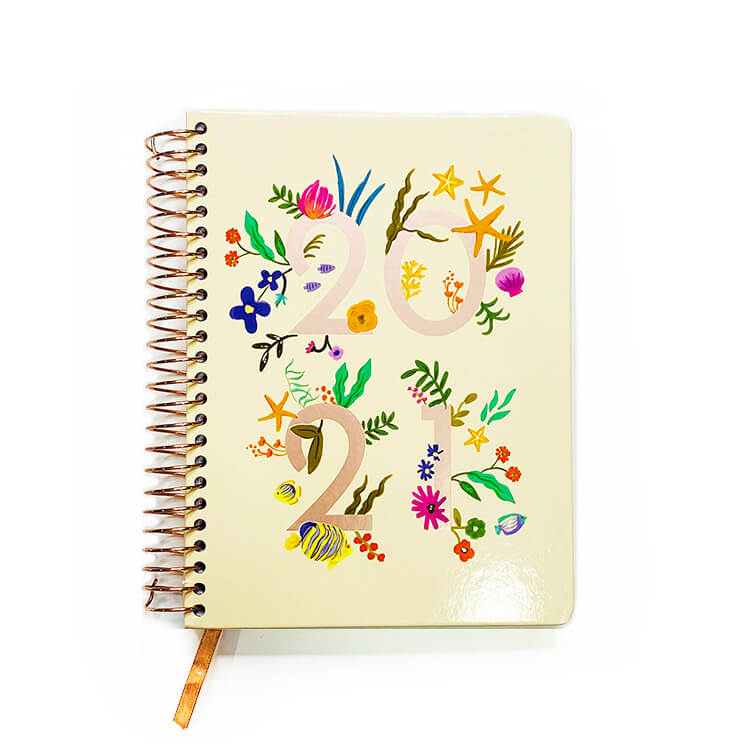Book Formatting for Book Printing
 Mar 09,2017
Mar 09,2017

 SESE
SESE
We request the entire layout and digital formatting of the inside pages of your book be saved as a PDF file with all fonts and images embedded and saved at a 300 dpi resolution. The inside printed pages including blank pages should be created to the finished trim size of the book and saved as one complete PDF file containing all inside pages. Inside pages MUST BE AN EVEN NUMBER. Add blank pages wherever you feel is appropriate to end up with an EVEN NUMBER of pages. Remember – 2 pages in your book equals 1 sheet of paper. The outside cover of your book should be composed together as one separate file including the front, spine, and back cover. Extend an .125 inch bleed all around the perimeter of the composed book cover. Save as a PDF file with all fonts and images embedded and saved at 300 dpi resolution. Please review and download our book printing file requirements above for the problem free printing of your paperback, hardcover, wire-bound and stapled booklets.
Book Layout Programs
Most professional typesetters and graphic artists use Adobe InDesign and Adobe Photoshop for book layout and composition of the inside pages and outside cover of your softcover and hardcover book. These programs are readily available but can be somewhat daunting for first time users. For that reason many authors and self publishers are more familiar and utilize Microsoft Word for entering the content of their book. Regardless of the book layout program used, Lightning Press requires the saving and submission of your digital files as a properly formatted PDF file.
Spine Size
Your book spine size is automatically configured for you when using our Instant Quote calculator. You can manually do this by dividing the total number of inside text pages including blank pages, by the ppi (pages per inch) of the paper used. For example White 50# Offset is 512 ppi. If your book is 300 total inside pages, divide 300 by 512 = 0.586 inches. Make your book spine width 0.586 inches.
ISBN
The International Standard Book Number, or ISBN, is the most important identifier you will link to your book. ISBN numbers provide unique identification of your books and simplify the distribution of books throughout the global supply chain. It explains exactly which book is being bought and sold; down to the version, size, and format. Paperback books, hardcover books, wire bound books, and booklets, all require different ISBN numbers. Without an ISBN, you will not be found in most bookstores or libraries, either online or down the street from your house. With an ISBN, you can sell your book anywhere in the world.
If your book is going to be printed, it should have a barcode. Most bookstores require a special barcode called the Bookland EAN Barcode. Books use the Bookland EAN Barcode because it allows for the encoding of ISBN numbers.
 The official source in the United States for ISBN information, Barcodes, and ISBN purchase is Bowker
The official source in the United States for ISBN information, Barcodes, and ISBN purchase is Bowker





 Home
Home Cover Lamination
Cover Lamination  You May Also Like
You May Also Like




 Tel
Tel
 Email
Email
 Address
Address







